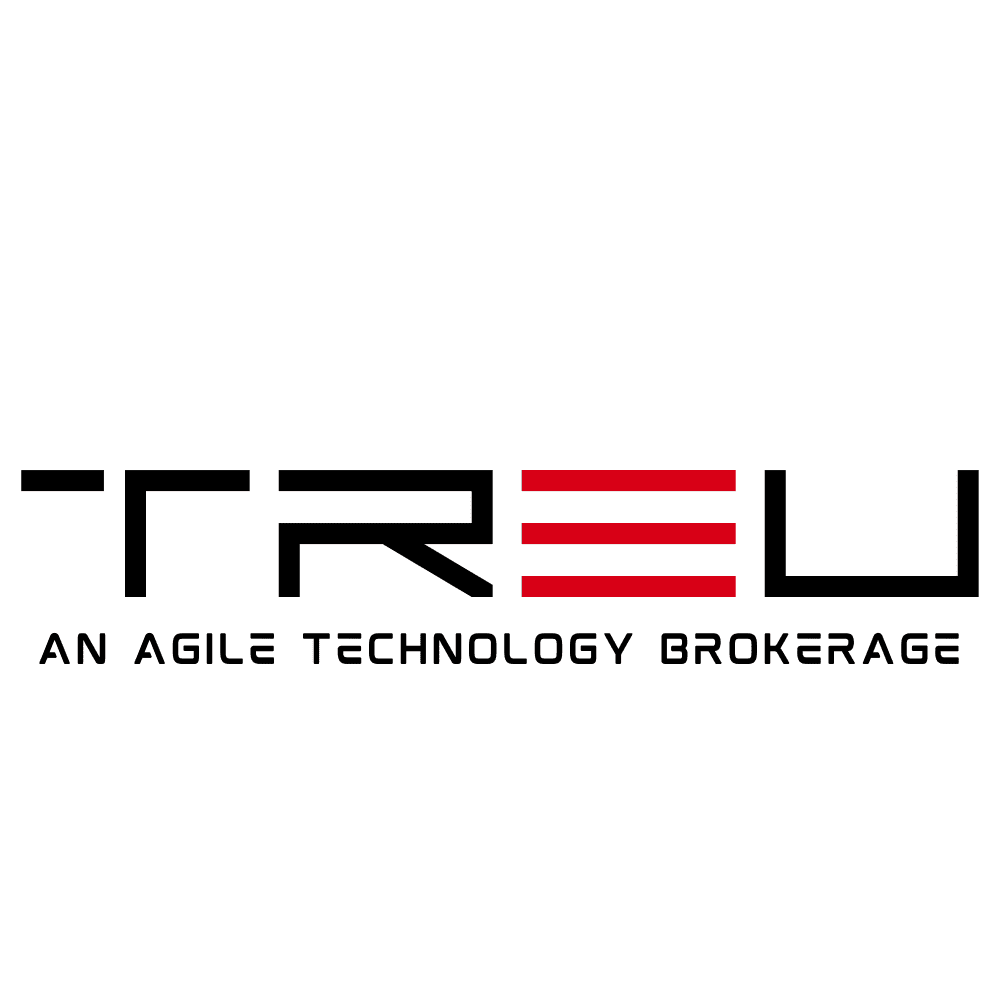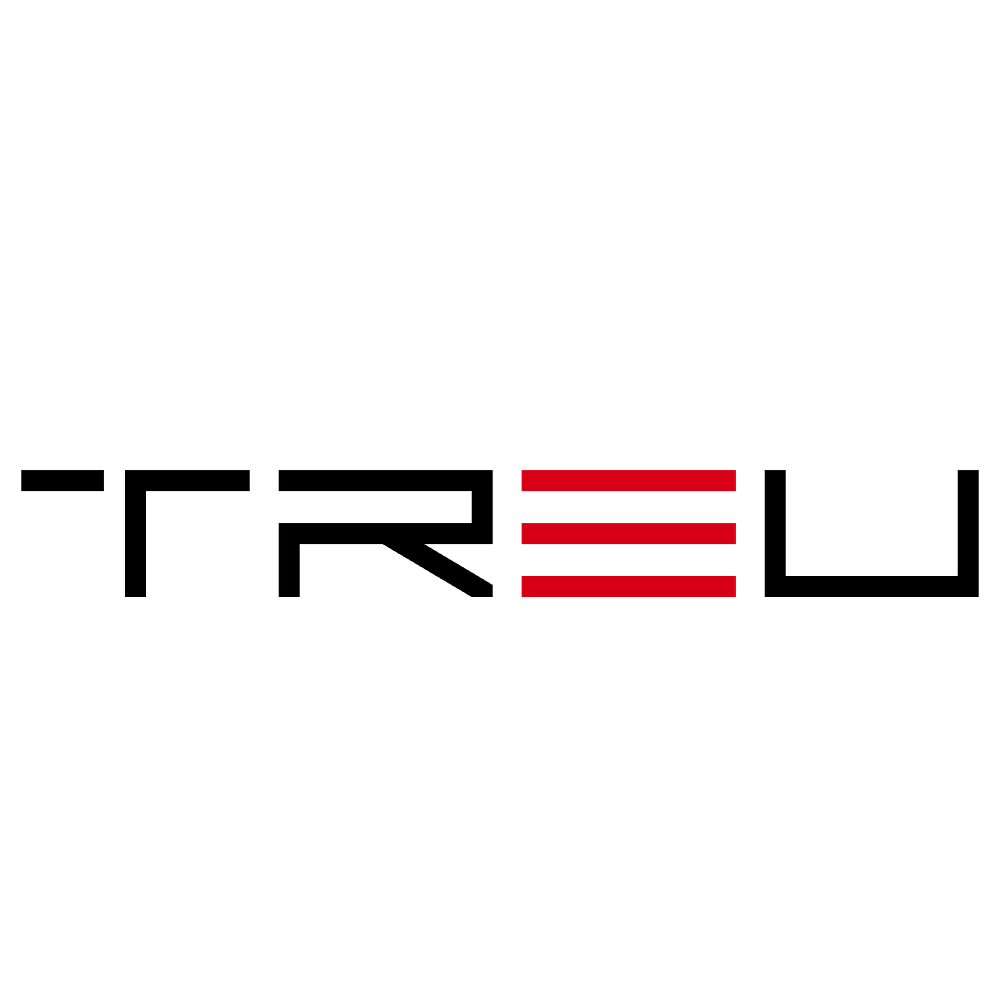Top CIO Priorities for 2025 Revealed in New Report
The technological landscape continues to evolve, and Chief Information Officers (CIOs) are tasked with driving innovation while navigating unprecedented challenges. A recently released report by Info-Tech Research Group sheds light on the primary areas CIOs aim to focus on in 2025. As organizations prioritize digital transformation and operational resilience, understanding these future-focused priorities is crucial for IT leaders looking to stay ahead.
Let’s dive into the key takeaways from this report and explore how CIOs can align their strategies with emerging trends to elevate enterprise success.
The Changing Role of CIOs in a Digital-First World
Over the last decade, the role of the CIO has transitioned significantly. Today’s CIOs are not just IT managers; they are strategic business leaders, spearheading digital initiatives to drive growth, efficiency, and competitive advantage.
As technology becomes an increasingly integral component of every business function, CIOs have shifted their focus to:
- Enhancing customer experiences through personalized technologies
- Orchestrating cross-functional collaboration to break down silos
- Driving revenue growth using emerging technologies like AI, cloud, and IoT
This shift towards innovation-centric leadership explains why the priorities outlined in the recent Info-Tech Research Group report lean heavily on advancing digital strategies, strengthening infrastructure, and ensuring cyber resilience.
Top Priorities for CIOs in 2025
The 2025 CIO priorities, as revealed by Info-Tech Research Group, underscore the need to adopt bold strategies that blend operational excellence with forward-looking innovation. Let’s break these priorities down into actionable elements.
1. Accelerating Digital Transformation
One of the top priorities for CIOs in 2025 is continuing to scale digital transformation initiatives that began over the past few years. While many organizations have already implemented basic digital solutions, the focus is now shifting to achieving enterprise-wide integration.
Key areas of digital transformation include:
- Adopting cloud-based infrastructure to increase flexibility and scalability
- Implementing end-to-end automation to streamline workflows and reduce inefficiencies
- Using AI and machine learning to unlock valuable business insights
By accelerating digital transformation, CIOs aim to deliver not only operational benefits but also strategic advantages that position their organizations as leaders in their respective markets.
2. Strengthening Cybersecurity Posture
The surge in cyber threats has prompted CIOs to place a stronger emphasis on security frameworks. A proactive approach to cybersecurity will be mission-critical as ransomware attacks, data breaches, and other malicious activities grow more sophisticated.
Actionable steps CIOs are taking to enhance security:
- Focusing on zero-trust architecture to prevent unauthorized access
- Investing in cybersecurity talent and training programs for employees
- Leveraging advanced threat detection systems powered by AI
- Collaborating with external vendors for regular security audits
CIOs must move away from reactive security measures and embrace holistic approaches that integrate cybersecurity into every layer of the organization.
3. Enhancing Employee and Customer Experience
Both employee experience (EX) and customer experience (CX) will be game changers in 2025. CIOs recognize that user-centric IT policies and tools can significantly influence workforce productivity and customer satisfaction.
Strategies for experience enhancement:
- Leveraging human-centric design to make workflows more intuitive
- Implementing data-driven personalization to meet customer expectations
- Ensuring seamless access to resources through remote-first solutions
- Deploying advanced chatbots and self-service portals for 24/7 customer support
Balancing automation and the human touch is critical to improving relationships with both internal and external stakeholders.
4. Fostering IT-Business Alignment
Another vital priority for CIOs is improving collaboration between IT and other business units. The days of IT teams working in isolation are gone. Instead, IT should act as an enabler for company-wide goals.
Ways CIOs can bridge the gap between IT and business:
- Creating multi-disciplinary teams to tackle cross-departmental problems
- Ensuring IT strategies sync with the company’s overall objectives
- Investing in change management programs to ensure smooth transitions
- Improving communication between leaders and technical experts
With tech-driven solutions now central to every function, organizations will need IT to be deeply involved in strategic decision-making.
5. Adopting Sustainable and Ethical Tech Practices
In response to growing pressures for sustainability and ethical responsibility, technology leaders are now focusing on adopting green tech solutions and socially responsible practices.
Steps to achieve sustainable IT:
- Implementing energy-efficient infrastructure to reduce carbon footprints
- Exploring circular IT models, such as recycling old hardware
- Leveraging AI and analytics to monitor and optimize energy usage
- Adhering to strict data privacy regulations to uphold ethical standards
Sustainability is no longer just a buzzword—it’s a competitive differentiator that CIOs must weave into their roadmap.
Challenges CIOs May Face along the Way
While the priorities outlined in the report are promising, CIOs must be prepared for potential roadblocks, including:
- Talent shortages: Finding skilled tech professionals remains a challenge as demand outpaces supply.
- Budget constraints: Scaling digital transformation and cybersecurity measures may require significant investments.
- Resistance to change: Aligning stakeholders and employees with new initiatives may require diligent change management.
Overcoming these challenges will require careful planning, transparent communication, and adaptability.
How CIOs Can Prepare
CIOs looking to make an impact should act now to refine their strategies. Here are a few tips to get started:
- Develop a long-term digital roadmap: Align technology goals with overall business objectives to prioritize investments effectively.
- Focus on skills development: Upskill your workforce and develop future-proof leadership within the IT department.
- Build resilient systems: Plan for contingencies to minimize disruptions from emergencies like cyberattacks or supply chain issues.
- Adopt a customer-first mindset: Ensure that every IT decision reflects customer and employee needs.
By proactively addressing these areas, CIOs can position themselves and their organizations for success in the rapidly changing digital economy.
Conclusion
The role of the CIO will undoubtedly remain pivotal as organizations continue to evolve. From accelerating digital transformation to enhancing cybersecurity, the priorities outlined in the Info-Tech Research Group report spotlight the areas where technology leadership matters most.
For CIOs, the next few years will be about balancing innovation with resilience, collaboration with accountability, and creative vision with technical execution. By focusing on these key priorities, CIOs can ensure their organizations remain adaptable, future-ready, and competitive in an increasingly digital landscape.
What does your 1 – 3 year IT roadmap look like and how confident are you that it will get your organization the competitive edge it is looking for?

